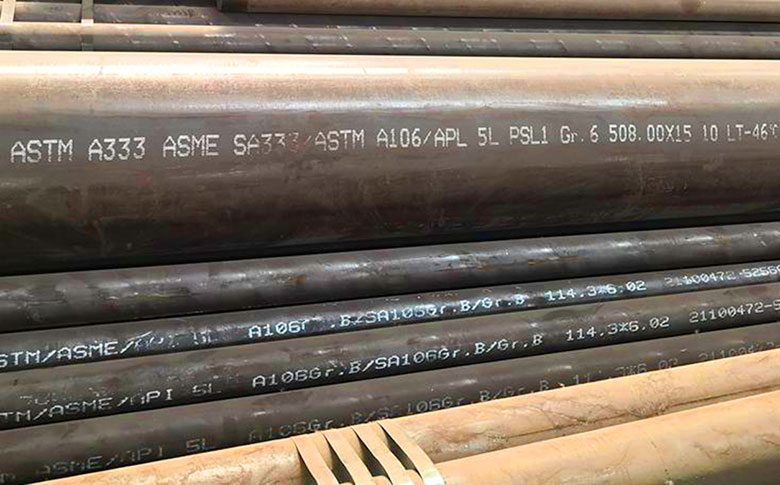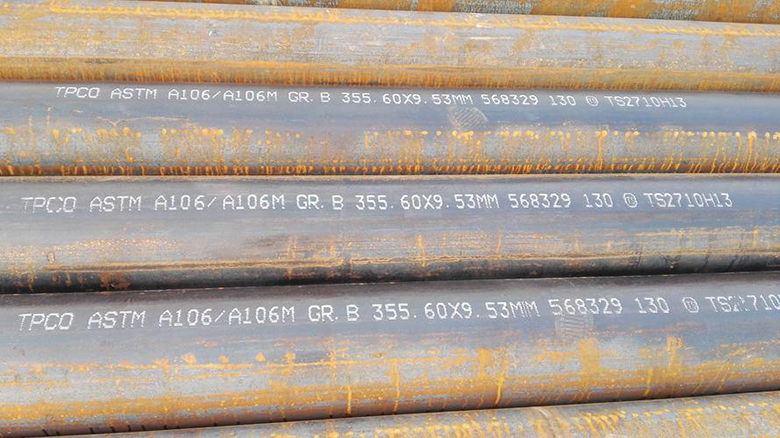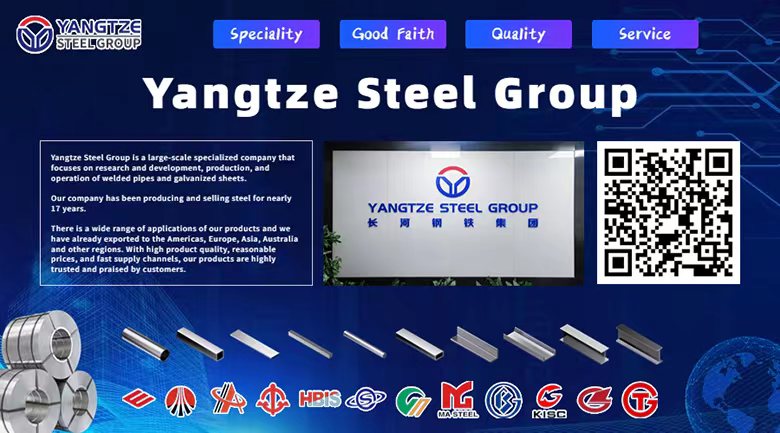ASTM A333 vs A106 Seamless Pipe
1. Standard Overview
●ASTM A333: Seamless steel pipe mainly used in low temperature environment. It is suitable for low temperature environment of -45℃ to -195℃, and is often used in low temperature chemical, oil and natural gas transportation pipeline systems.

●ASTM A106: Seamless steel pipe suitable for high temperature conditions, usually used for the transportation of steam, air and water at temperatures above 427℃. Mainly used in the petroleum, chemical industry and boiler pipelines.

2. Main performance comparison
Features | ASTM A333 | ASTM A106 |
Applicable temperature range | Low temperature (-45°C to -196°C) | Normal and high temperature (up to 450°C) |
Main application areas | Low temperature fluid transportation pipelines (such as LNG, cryogenic chemicals) | High temperature fluid transportation pipelines (such as steam, oil, natural gas) |
Material | Low carbon alloy steel, designed for low temperature environments | Carbon steel, suitable for normal and high temperature environments |
Strength requirements | High toughness at low temperatures, good brittleness resistance | High strength at high temperatures, suitable for high temperature and pressure environments |
Chemical composition | Low carbon content, strict control of sulfur and phosphorus content required | Higher carbon content, enhanced high temperature strength |
Standard applicability | Applicable to low temperature pipeline systems | Applicable to normal and high temperature piping systems |
3. Selection suggestions
●ASTM A333 seamless pipe is suitable for low temperature environment, especially for pipeline systems that require resistance to low temperature brittleness and high toughness, such as natural gas and liquefied gas transportation pipelines.
●ASTM A106 seamless pipe is the first choice for high temperature pipeline system, suitable for high temperature and pressure environment such as boilers and steam pipes, especially in applications in the petroleum, chemical and other industries.
It is crucial to choose the appropriate pipe standard according to the temperature requirements, working environment and pressure requirements of the specific application scenario.









